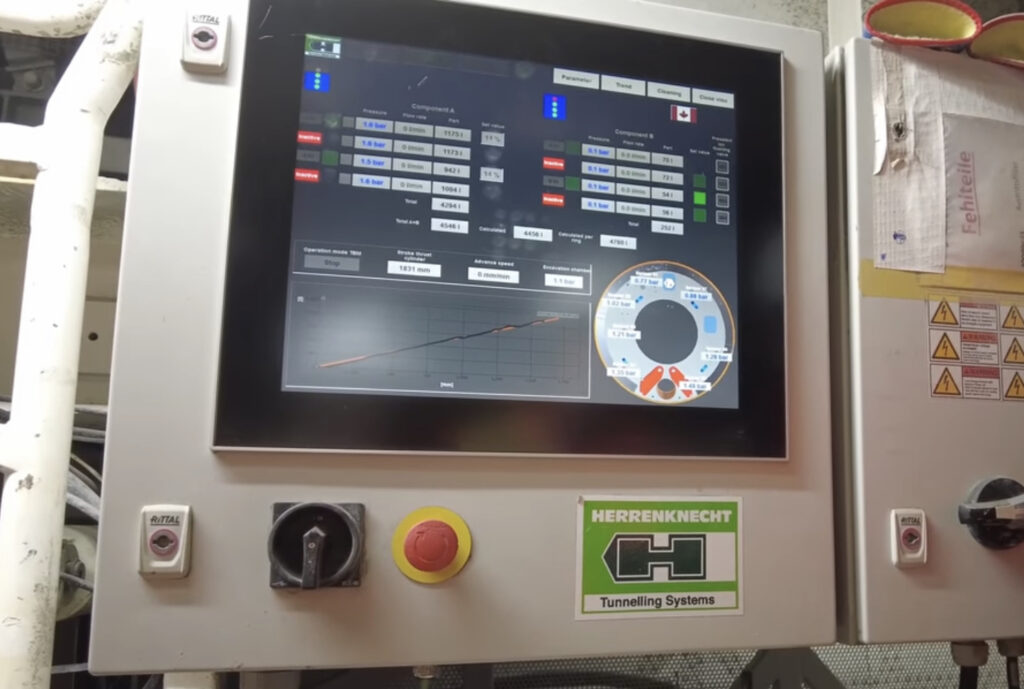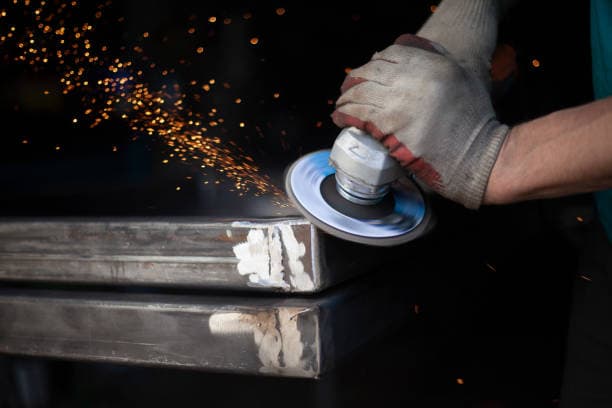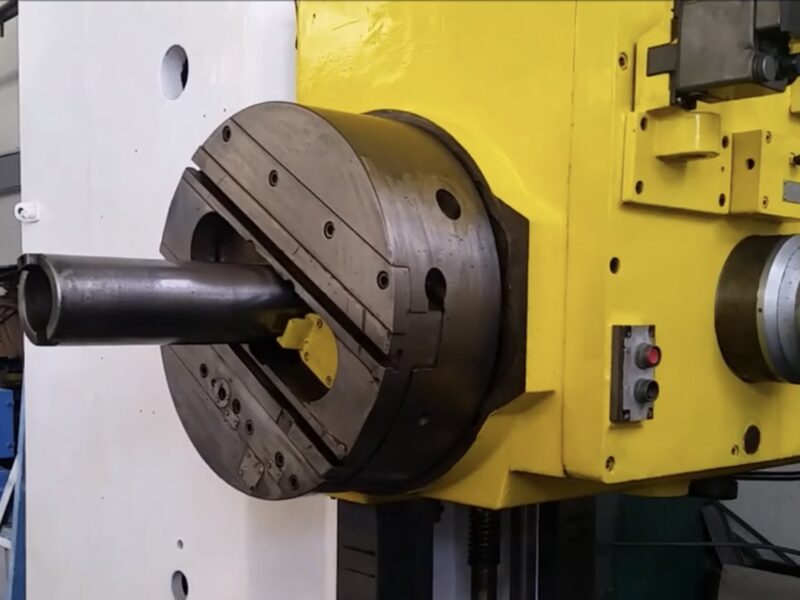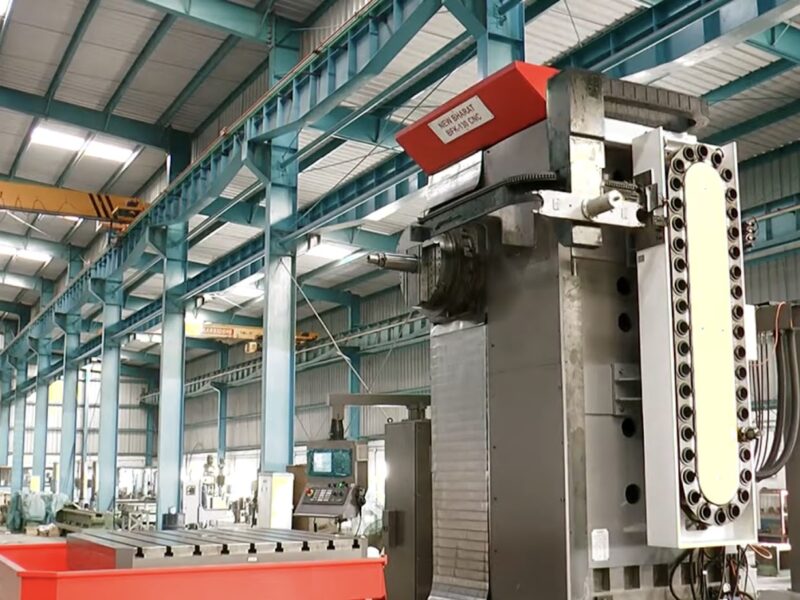Boring machines are specialized tools essential in various manufacturing and woodworking processes. They are primarily used for enlarging and precisely finishing a hole that has already been drilled or cored. These machines can range from small, handheld devices suitable for intricate, detailed work, to massive, stationary equipment designed for large-scale industrial projects. The primary purpose of a boring machine is to achieve greater accuracy in diameter control, surface finish, and hole alignment than possible with a drill alone.
How Does a Boring Machine Work?
The core functioning of a boring machine involves rotating a boring bar, a cylindrical tool with a cutting part at one end. This bar is inserted into an existing hole. As the bar rotates and advances into the hole, its cutting edges shave off material to enlarge the hole to a specific diameter. The operation of the boring bar can be on different axes, depending on the type of machine. For instance, some machines allow the bar to move linearly (in and out), while others can rotate it on multiple axes. Modern boring machines often incorporate CNC (Computer Numerical Control) technology, enabling precise control over the boring process through pre-programmed computer software, enhancing both accuracy and efficiency.
How Much Does a Boring Machine Cost?
The cost of boring machines varies widely, influenced by factors such as size, capability, precision, and technology. Simple, manual boring machines for small-scale woodworking or light industrial work might cost a few thousand dollars. In contrast, large-scale, high-precision CNC boring machines used in heavy manufacturing can reach prices in the high six figures. The price is also dependent on other factors like the brand, additional features, and whether the machine is new or used. When considering a boring machine, potential buyers must also factor in ongoing costs such as maintenance, tooling, and operator training.
How Loud Are Boring Machines?
The noise level of boring machines can differ substantially based on their size and operation type. Smaller machines, often used in woodworking or light manufacturing, generally operate at noise levels comparable to other standard shop equipment and may not require special hearing protection. However, larger, industrial-grade boring machines can be significantly louder, often necessitating the use of hearing protection for operators and other personnel in the vicinity. The material being worked on and the type of cutting tool also play crucial roles in determining the overall noise output. For instance, boring through harder materials or using dull tools can increase the noise level.
Difference Between Vintage Horizontal and Vertical Boring Machines
The primary distinction between vintage horizontal and vertical boring machines lies in their orientation and application. Horizontal boring machines feature a horizontally oriented boring bar and are particularly useful for machining large, heavy workpieces. Their horizontal setup allows gravity to assist in holding the workpiece in place, reducing the need for extensive clamping or fixturing. These machines are often favored for their ability to handle large, awkward parts.
On the other hand, vertical boring machines have a vertically oriented boring bar and are more commonly found in typical machine shops. They are particularly suited for accurately boring deep holes and are more prevalent than horizontal machines in many applications. Vintage machines in both orientations tend to be more manual and mechanically simpler than their modern counterparts, lacking advanced features like CNC control and automatic tool changers. However, they are often revered for their robust construction and longevity.
What Makes Boring Machines Go Faster
Enhancing the speed of boring machines involves several strategies:
- Sharper, Higher-Quality Cutting Tools: Using premium, well-maintained cutting tools can significantly improve the boring process’s speed. Sharper tools cut more efficiently, reducing the time required to complete a bore;
- Optimized Speed and Feed Rates: Adjusting the rotation speed of the boring bar and the rate at which it advances into the material can optimize cutting efficiency. Finding the right balance is crucial, as too fast a speed or feed rate can lead to poor finish quality or tool damage;
- CNC Technology: Modern CNC-controlled boring machines can operate much faster than manual or older machines. CNC technology allows for the precise and rapid positioning of the boring bar, as well as the ability to perform complex and repetitive operations with minimal human intervention;
- Regular Maintenance: Keeping a boring machine in good working order through regular maintenance can prevent breakdowns and inefficiencies. This includes lubricating moving parts, replacing worn components, and ensuring the machine is properly calibrated;
- Power and Features: Upgrading to a more powerful machine with advanced features such as automatic tool changers, multiple spindles, or higher horsepower motors can significantly increase operational speed.
In conclusion, boring machines are a vital part of the manufacturing and woodworking industries. They have evolved significantly over the years to meet diverse industrial needs. From the differences between vintage and modern machines to the strategies to enhance their efficiency, understanding these tools’ complexities is key to maximizing their potential in various applications.



